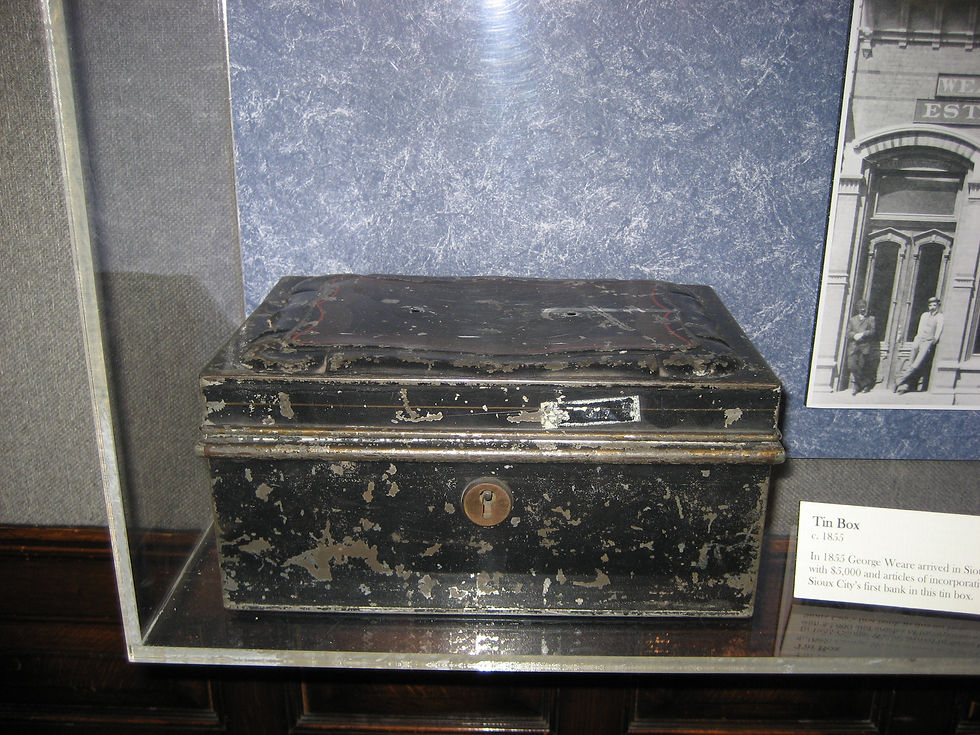
First Settlers
Europeans first came to the Siouxland area in the early 17th century. Early explorers followed the three rivers, the Floyd, Big Sioux, and especially the Missouri. By the early 1680s this area was a major hunting ground for both English and French fur trappers. In 1683 French explorer Robert de La Salle claimed all the land drained into the Mississippi River for France, and named the region he had named Louisiana after the French king.

In 1803, United States President Thomas Jefferson purchased the 827,000 square miles of Louisiana from Napoleon, for less than three U.S. cents an acre ($15 million for the whole Purchase in 1803, around $305 million today). Jefferson was curious about the newly acquired land and its inhabitants. He was also eagerly searching for a Northwest Passage, or an all-water route connecting the Atlantic and Pacific Oceans. In May 1804, Jefferson dispatched an expedition led by Captains Meriwether Lewis and William Clark to explore this territory, and that August the expedition reached what is now Sioux City. Shortly after Sergeant Charles Floyd, the expedition’s quartermaster, took ill, died, and was buried on a bluff overlooking the Missouri River, and his grave came became a landmark for later travelers. Lewis and Clark’s expedition did eventually reach the Pacific, and though they did not find the Northwest Passage, the information they recorded on the Louisiana Territory was incredibly valuable for later settlers.


Sioux City’s major first settlers started landing here in the mid-1800s.William Thompson came to the region about 1848 settling near Sgt. Floyd’s grave. Robert Perry briefly settled on the creek now bearing his name in 1849. That same year Theophile Bruguier, a French Canadian employed by the American Fur Co., settled at the mouth of the Big Sioux. Joseph Leonais later bought Bruguier’s land and sold it to the Sioux City Townsite Co., headed by surveyor Dr. John Cook, and the town was platted in 1855. Sioux City became a major boom town, and people flocked to the town hoping to make it big, mostly in real estate. The population fluctuated due to financial panics, but Sioux City was always fed a steady stream of people by steamboats. When the railroad came into the town, the population virtually exploded. In 1855 the population was 150, and it rose to around 7,000 in 1880. By 1885, in the boom of the railroad, the population had risen all the way to 19,000.




















